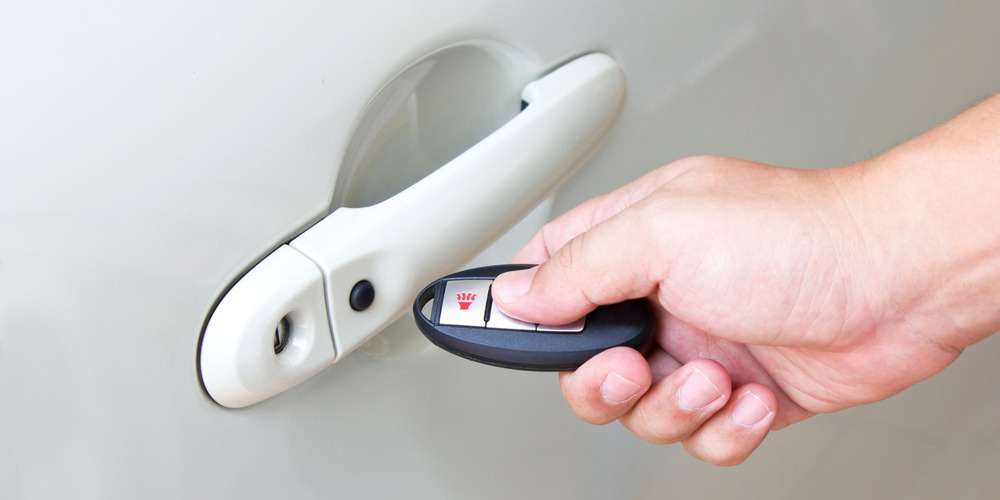Being a commercial driver means so much more than simply getting behind the wheels and driving to a destination. And there is so much more about operating a fleet than sending your fleet to complete its routes.
Every time a commercial transportation vehicle starts its day, there are compliance regulations that must be completed. These regulations are established by the Department of Transportation (DOT) and enforced by the FMCSA or the Department of Transportation Safety Administration – so it’s vital for commercial transportation businesses to understand and comply with these regulations. When a commercial fleet fails to comply with DOT regulations, a series of implications can lead to fines, vehicles put out of service, and penalties.
As a fleet owner it is your duty to ensure everyone meets and complies with these regulations as it’s vital not only for your driver’s safety but also for your customer satisfaction.

What is DOT compliance?
DOT compliance follows a simple principle: as long there are rules, you and your fleet have to follow them. Simply put, you need to record by date and make sure everything goes as planned. However, compliance in transportation has always followed a constant change in regulations; all of them meant to raise concerns regarding the increasing number of accidents or the struggling industry.
The departments of transportation came up with a series of rules meant to decrease the number of accidents, but unfortunately, none of them has eliminated accidents entirely. They have a large body of rules and regulations designed for commercial drivers. Their rules clearly specify who and where can drive those vehicles and when is the quintessence of DOT regulations.
Although they don’t seem to work or even make some sense, DOT regulations are meant to be followed in order to keep truck drivers both amateurs and professionals safe on their routes. As a fleet owner or a member of a safety team, it’s in your duty to encourage each and every driver to follow these rules.
What does DOT compliance look like? This might look different from one business to another or depending on the size of each safety team or how they share these responsibilities. For instance, a normal day would probably consist of some combinations of tasks such as conducting training and road tests, reviewing applications, helping dispatchers prepare the route, requesting employment verifications and many more.

Compliance doesn’t mean safety
One vital thing to remember throughout the compliance process is that “compliance” doesn’t actually mean” safety”. While compliance refers strictly to the state-mandated rules of following DOT regulations in how you manage and evaluate your fleet, safety it’s all about finding a string between the minimum requirements in order to avoid and minimize the risks as much as possible.
Every commercial transportation business must consider compliance as a vital part of the safety process. As a fleet owner, you have to know if your divers are safe and healthy while on their routes, not only for their safety but for others as well. Depending on how responsibilities are shared in your company, it’s absolutely vital to closely check your drivers through the Motor Vehicle Report and put the new drivers through training. By checking the MVRs, you can reveal unsafe behaviours and poor driving habits that might put your fleet in danger. Knowing this long before something bad happens, will help you take the necessary steps to avoid the accidents caused by such behaviours.
However, it’s necessary to remember that compliance is still one vital aspect of the safety process. Better driving behaviours won’t show up overnight. Safe driving practices evolve after repeated and enforced actions, which means that only through laborious hiring standards, training and orientation, you can achieve these practices. So, if you always choose to stress the importance of safety and comply with DOT regulations, your drivers will eventually follow through.
How to achieve better DOT compliance? It’s both time and energy-consuming. There are numerous records you are expected to maintain and numerous rules that DOT want you to follow and remember. The thing is that sometimes such rules tend to change. Bearing that in mind, developing know-how of what to look for in each of your records it’s essential. Make a habit form it, always look for smaller details and you’ll achieve better compliance sooner than you think.

Why do I need DOT compliance software?
According to AvatarFleet, DOT Compliance Software provides driver’s solutions to improve training and management and help them meet DOT requirements. But while your drivers can be perfectly capable and kind people, they are only humans, and humans are capable of making mistakes eventually. It’s in our nature to make mistakes and there is nothing we can do about it. Accidents happen, and that’s why we rely on insurances, to cover everything from our cars, our homes and ourselves. Nobody can deny it. It’s better to pay a little and have some peace of mind in case something happens. And that’s why commercial transportation businesses rely on DOT compliance software.
For many, this software means insurance against the possible wrath of a DOT inspector. It means an extra layer of protection that guards your safety teams against potential errors that might bring you unexpected fines.
A dot compliance software can help you organize and make sense of your actual maintenance system, and it can help you keep DOT inspectors off your back when you least expect them.
Challenges may appear anytime, situations that will require your safety manager to delve through the old records or double-check something. Chances are your safety team is extremely busy, with plenty of other tasks to complete every day. Using compliance software means you spare your team of all that triviality because everything you need is just a few clicks and keystrokes away. There is no mining though the old filing cabinet nor pondering through the spreadsheets for hours just to find one permit.
Using DOT compliance software will save your team a lot of time, money and energy. But most importantly, will help your business comply with the mandate without too much hassle.





